fifty | lima puluh | vijftig | 五十
1965. Two families, starting in Indonesia, are scattered across oceans by violence that’s still spoken about in whispers.
2015. 50 years and one generation later, we, their children – unaware of each other’s existence – are brought together on the other side of the world, in San Francisco, by a series of coincidences.
This is our story. We are Paula and May-Li, two interaction design researchers, children of parents who fled their homes for faraway lands with hopes for a better life. We might even be cousins; we don’t know. We’re living this story now, discovering our pasts as we go, and sharing what we find with you.
What would happen if we used interactive media to allow people to explore immigration stories like ours, with multiple narratives, emotions, and deeply personal stories of human lives? Could we further people’s understanding of each other’s context, and of the complex interleaving of real human history that brings us all to where we are standing today? Could this help us begin to grasp the possible long-term repercussions of the displacements due to violence that are still happening today?
Follow along with us as we discover our own histories, think out loud about what we might try, and invite you to interact with our experiments as they unfold. We’ll be sharing our process, investigations, discoveries, and dialogue as we go.
Background
On September 30th, 1965, six Indonesian Army generals were assassinated. A genocide ensued. Subsequent talk of the atrocities was silenced. Despite the effect it had on millions of people, very few know about it, even today. The events in 1965 changed our lives forever, even though we weren’t born yet.
50 years later, we found each other halfway across the globe, in San Francisco. The coincidences are uncanny: our families lived in the same small towns of central Java, our mothers lived in Germany at the same time. Paula’s full name has only a one letter difference with May-Li’s mother’s first love. We share the same alma mater. Having spent our lives meeting few people of a similar heritage and background, we were both struck by the serendipity of finding each other in the same field of interaction design research.
United by a common personal and emotional curiosity about our pasts, we’ve embarked on a journey exploring how we might interact with our complex histories in a new, dynamic medium. Most often, new media is used to express the recent past, the future, or the quantitative. We see an opportunity to express the personal, the emotional, the controversial, and the messy complexity which underlies real human history.
Experiments
In 50, we’ll be creating a series of experiments. We’ll be collecting and presenting stories, materials, and contexts that relate the history between our lives today and themomentous events around the 30 September Movement, 1965.
In striving to understand the context of our Indonesian-Chinese heritage, we explore ways to present our search within a new or hybrid medium.
- How might we reveal and explore multiple truths, conflicting viewpoints, and the nonlinearity of these ideas?
- How might we express emotion and personal meaning through a technological medium which we’ve previously used to represent hard, scientific facts?
- How might others share their stories through this project?
50 is not about uncovering an objective truth about the past. It’s about revealing several accounts to consider how power and the writing of history intertwine. It’s about exploring a complex history and finding meaning for us at the other side of the ocean. We hope to come to a better understanding of today by investigating new ways of visualizing and interacting with the past.
We hope our experiments might help demonstrate techniques to enable people see beyond cause and effect, and highlight how one moment in history can have long-lasting, complex, ripple effects that span space and time.
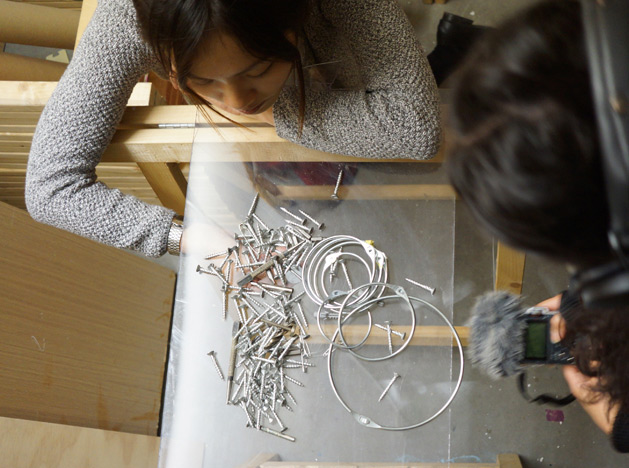
We’d like to experiment with the tangible as well as the intangible. Pictured here, Sam Lim and Angelisa Scalera working with Paula on experimental sound.
Who is this for?
50 is for anyone who is curious about the deeply human side of our complex history, and how we might use dynamic medium to explore it. It is for coming to a better shared understanding of where we have been and where we want to go. It is a place for stories and voices that were once silenced and marginalized. It is for our families, and it is for ourselves.
50 is also an example for journalists, librarians, documentarians, interactive storytellers, interaction designers and researchers – people who are interested in crafting new forms of curation, archive, and narrative. Throughout our research, we are consulting with archivists and storytellers, and we want to present our project within a medium that can also inspire our collaborators.
What form will this take?
We want our experiments to traverse physical and digital boundaries. Here are some of our ideas for what forms this might take.


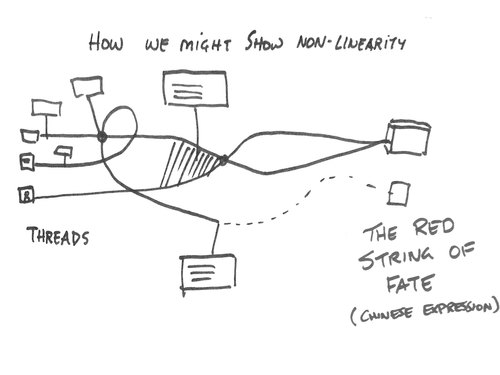
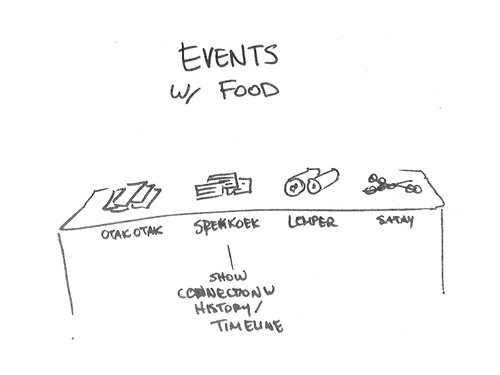
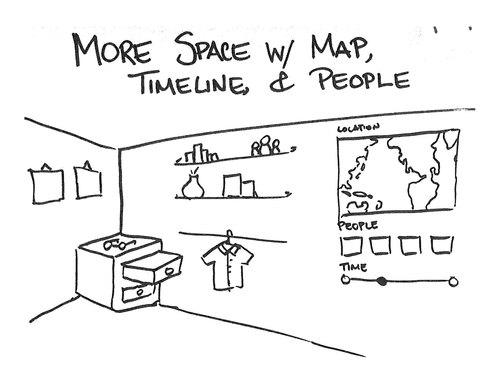
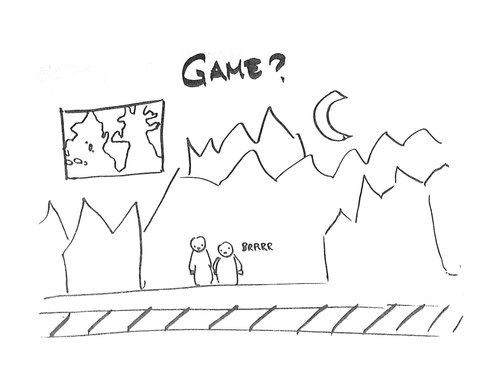
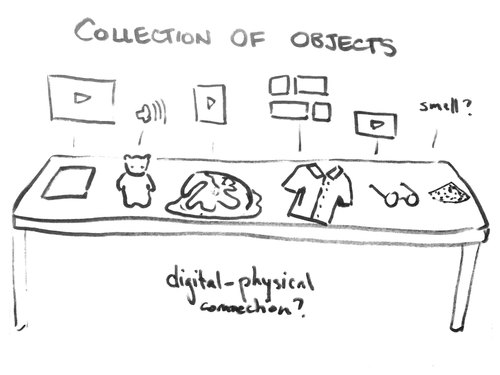
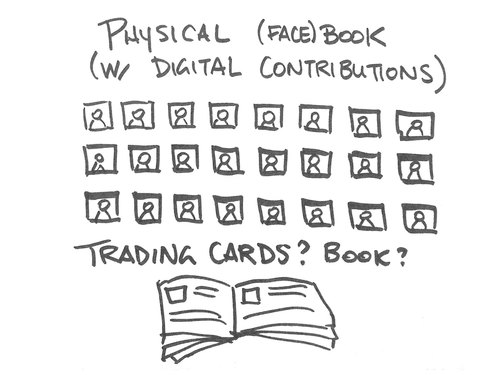
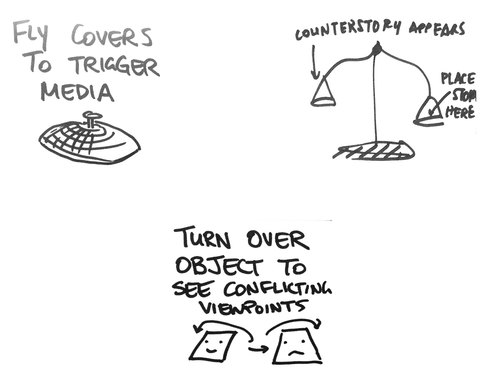
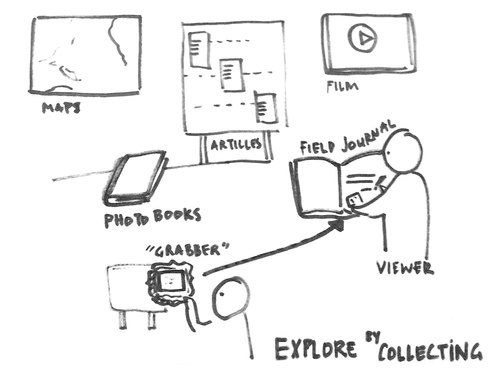
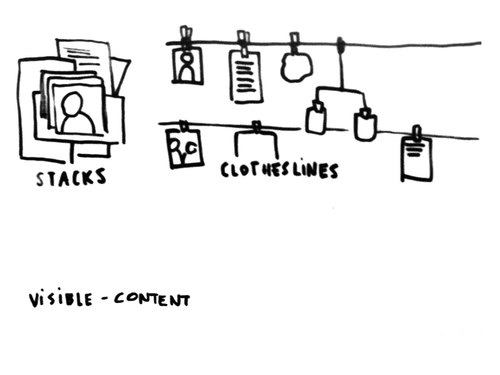
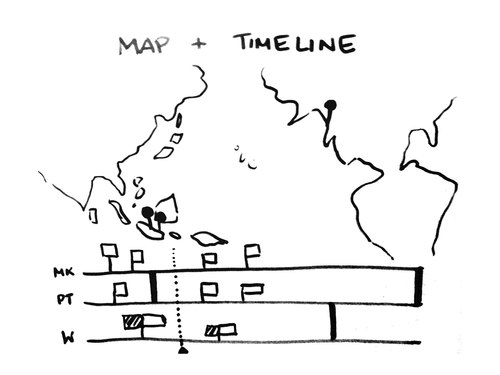
Materials
The material we’re gathering and curating comes in a wide variety of forms.
Photos
We are looking forward to incorporating photographs and sets of photographs, such as these, which belonged to May-Li’s mother. Her friends each dedicated their photo with a little note on the back.

Photo by Sita Bhaumik
Videos and Movies
In 1965, the rate and quantity at which video was produced was orders of magnitude less than today, and footage seems to be rare. However, we have footage of interviews with our elders, and other historical videos which set the context for the time, such as this piece by the U.S. Navy.
There are also some newer documentaries, such as The Look of Silence, just released this year.
Articles and Books
We’ll be sifting through articles and documents from sources ranging from the obvious, such as Wikipedia, to academic journals and projects, such as the The Indonesia/East Timor Documentation Project, which seeks "to identify and seek release of thousands of secret U.S. documents concerning U.S. policy toward Indonesia and East Timor from 1965-1999."
There are also some published books about the events, such as Breaking the Silence: Survivors speak about 1965-66 violence in Indonesia (Herb Feith Translation Series). We have also come across books written in other languages, such as one about Chinese Indonesian immigrants in the Netherlands – written by Paul The.
Foods and Scents
Part of Indonesia was once called "the Spice Islands." We intend to experiment with flavor and scent as part of the interactive experience – we feel that any project investigating our history would be incomplete without something involving food.
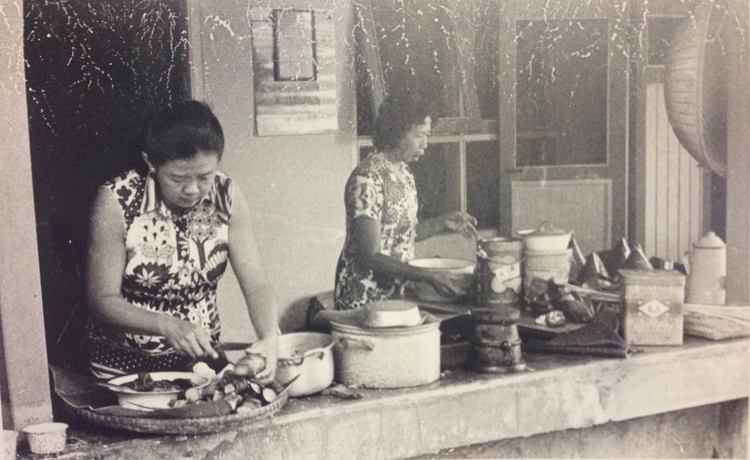
Photograph from May-Li’s parents’ collection. Food is being prepared semi-outdoors, and banana leaves provide a natural wrapping or plate.
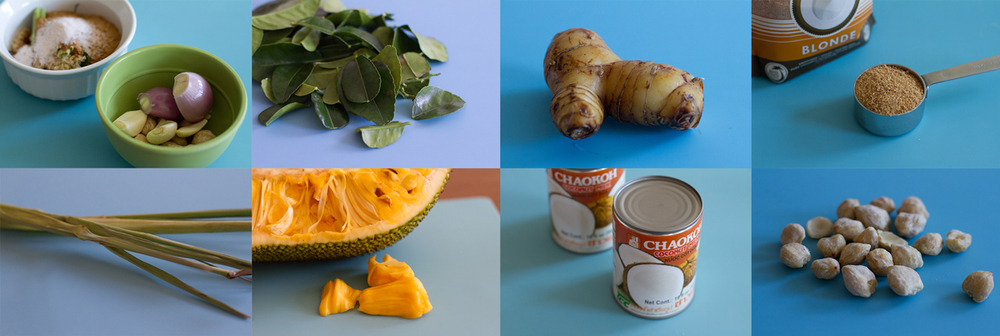
Some of the ingredients that go into Gudeg, a central Javanese curry made with jackfruit.
Audio
In addition to some sound bytes of interviews with family, we’re uncovering music and songs of significance. This one, titled "Genjer, Genjer" has a long history – it was at one point banned by the Indonesian government.
Objects and Documents
In Japanese Shinto faith, it is believed that objects have souls. Both of us are deeply interested in the ways that people interact with physical objects, and we both have a background of research in the area. We hope to incorporate found objects and documents, ideally those that have travelled through long distances in space and time, with new media.

Old maps found in May-Li’s parents’ house.
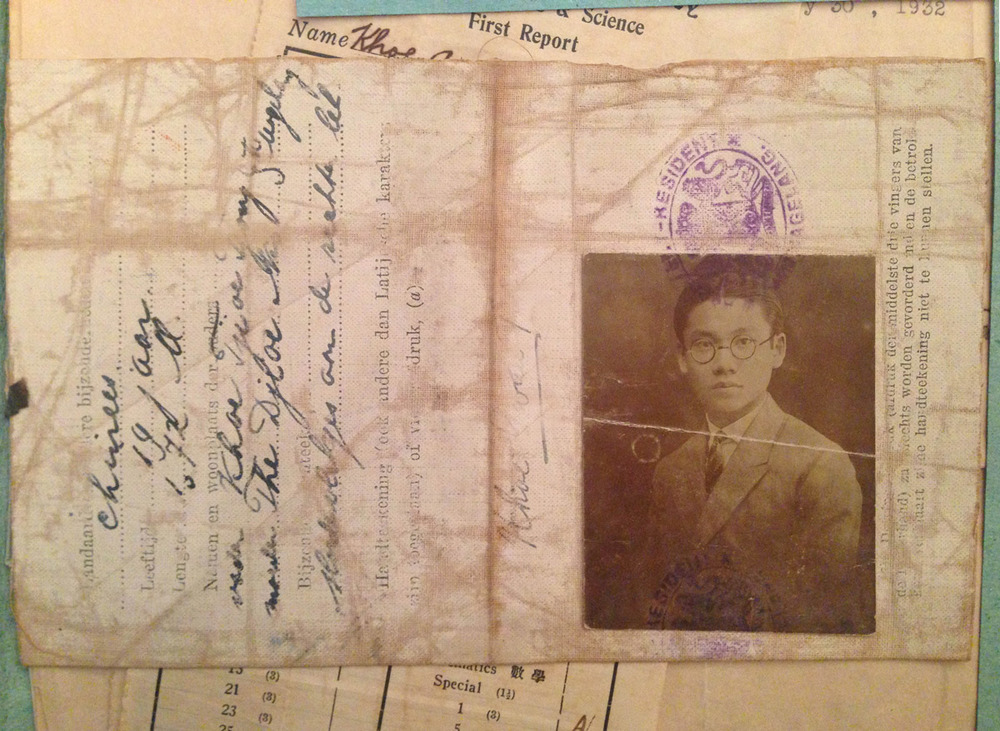
A document from May-Li’s parents’ collection.
Metadata
As we review the material, we’re organizing them by their properties and metadata. Here are some that we have considered.
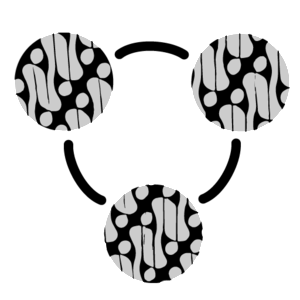
relation

fragrance

time

emotion

location

texture
Stay in touch!
Want to send us material, or pointers to material? Send us an e-mail at hello@50years.today
You can also follow us on twitter @50yearstoday.
About us
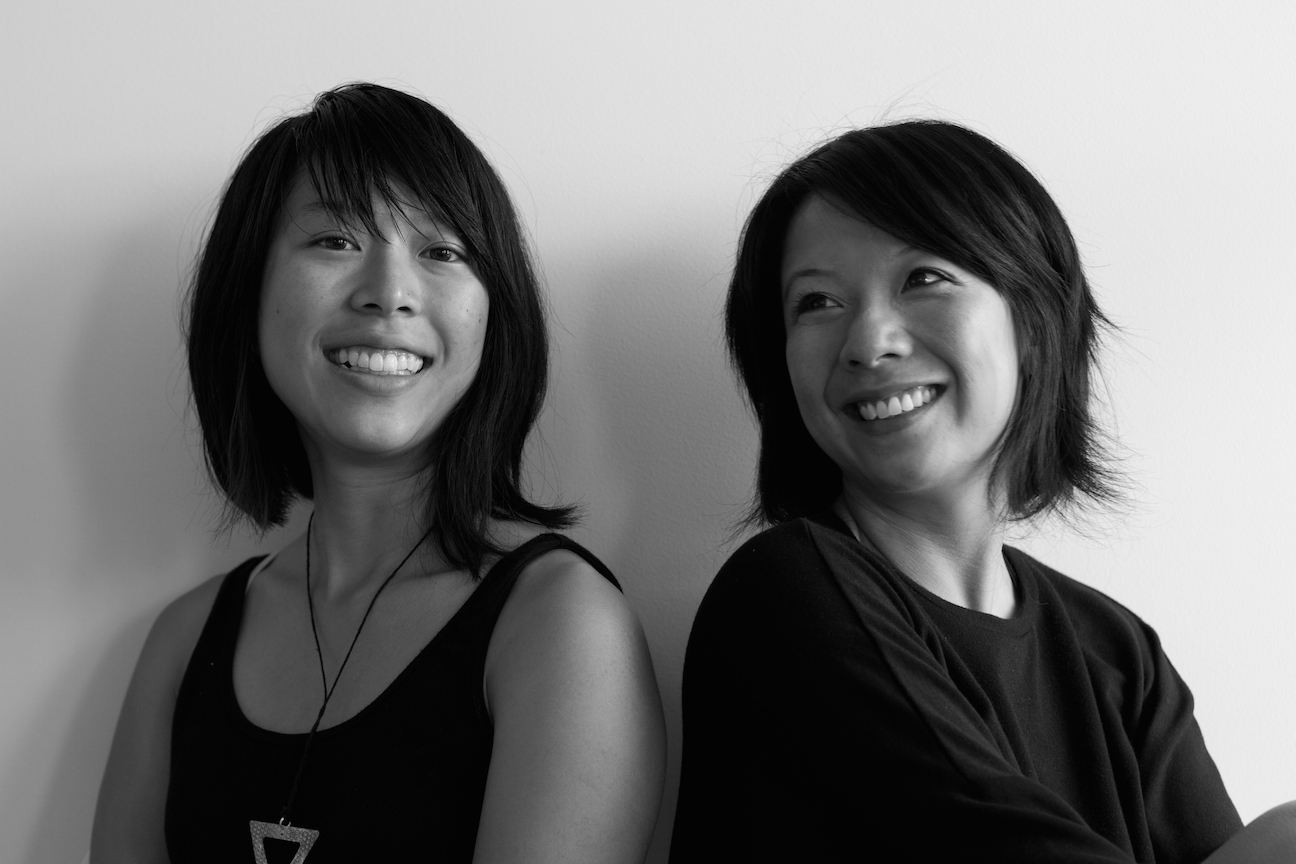
Paula is an interaction design researcher exploring ways to embody digital interactions in tangible interfaces. She was born in New Hampshire and raised in Florida, an only child of parents who each had 8 siblings. Indonesian music has always been an aspect in her life, from hearing lagu-lagu anak as a child to playing Balinese gamelan during and after college. She loves eating bacang babi and kue lapis.
May-Li is an interaction design researcher currently exploring ideas to empower learning through curiosity, creativity, and play. She was born in the Netherlands and immigrated twice more, to Canada and then the U.S. May-Li is a DJ with La Pelanga collective, and has noticed that a lot of her favorite music originates from between the tropics. She loves rocking her mother’s batik flared pants from the 1960s, and daydreaming about joyful ways to subvert the status quo.